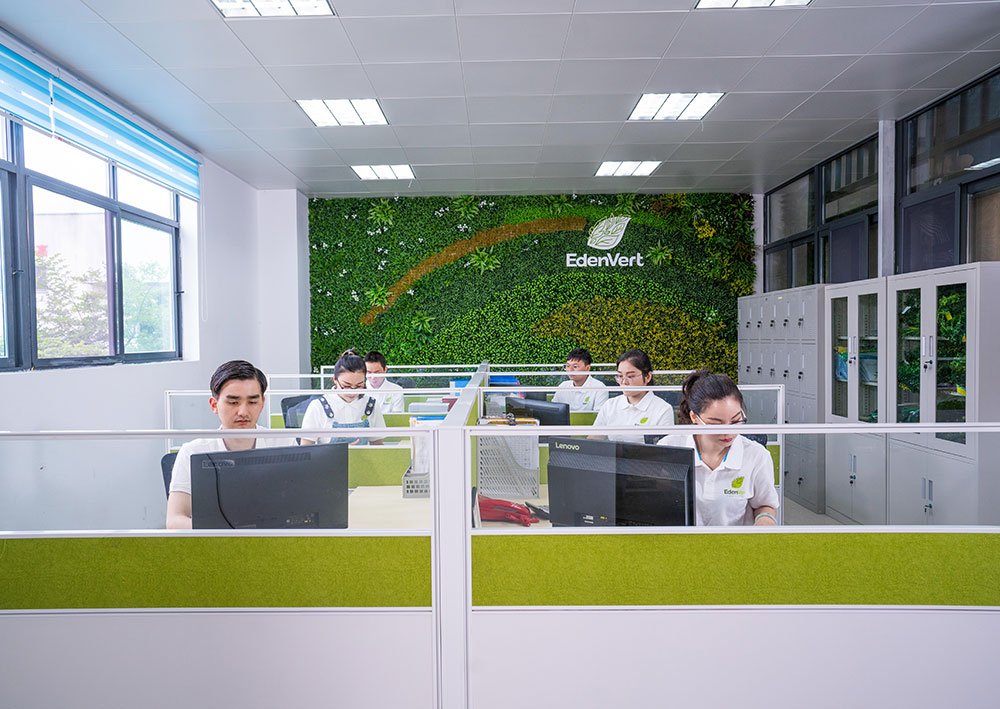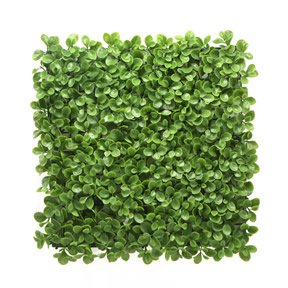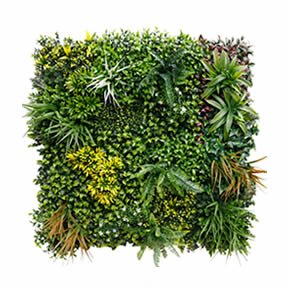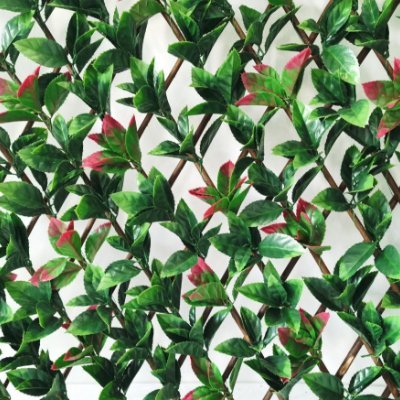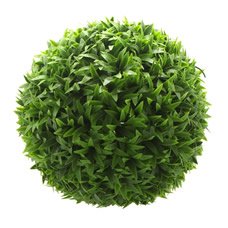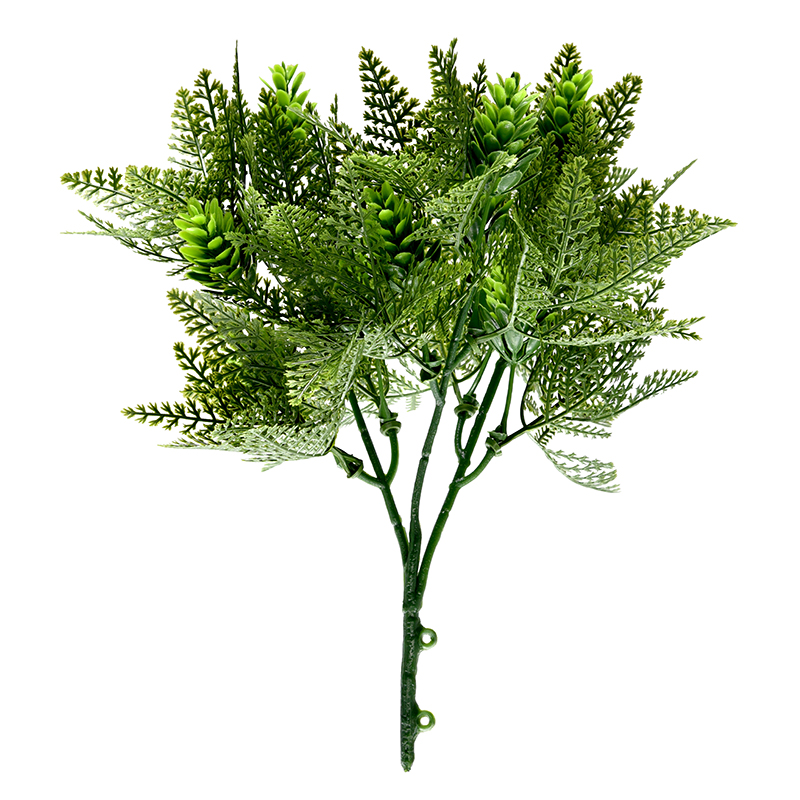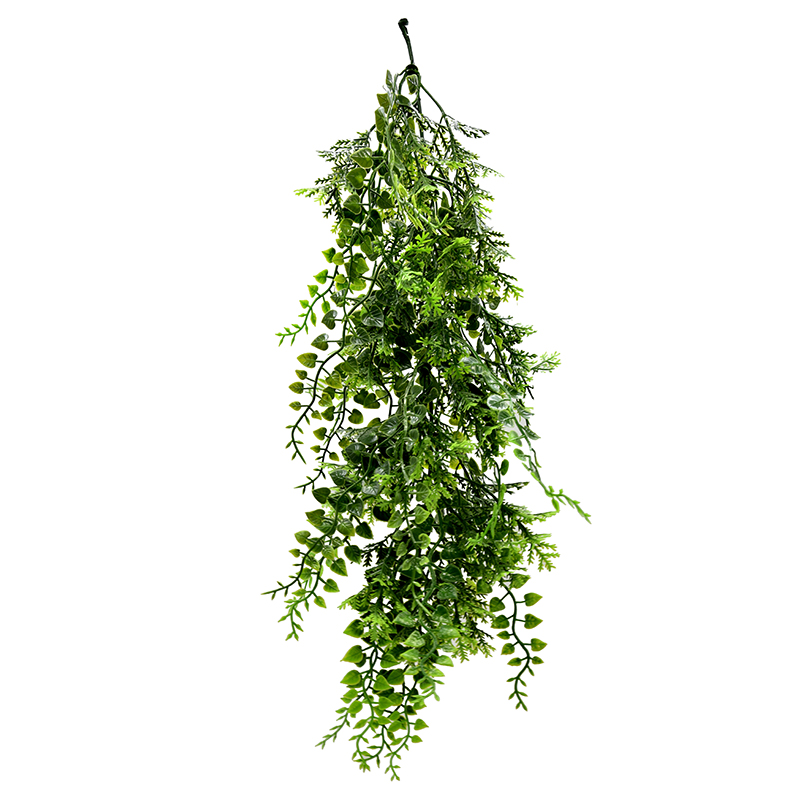How to make artificial plants look real
 2024 11 10
2024 11 10In the past, some people thought artificial plants look fake and didn’t like them. In recent years, with continuous advancements of technology and the prevalence of home decorations, artificial plants are welcomed by more and more people. Compared with natural plants, artificial plants have their own advantages supporting them being a better alternative. Here are some tips on how to make artificial plants look real in daily decoration.
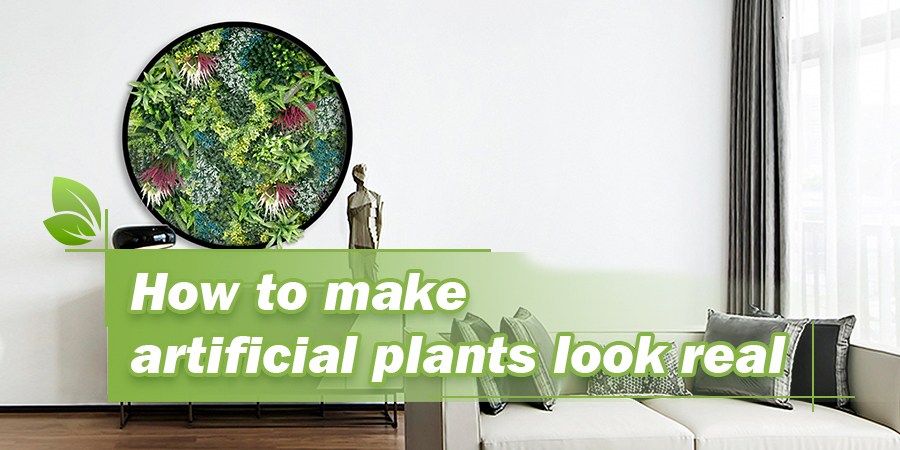
- Choose High-Quality Artificial Plants
- Enhance the Realism of Artificial Plants
- Strategic Placement for a Realistic Effect
- Mix Life-like Artificial Plants with Real Plants for a Natural Look
- Keep Artificial Plants Looking Fresh with Regular Cleaning
- How to Make Artificial Plants Look Real: Discover EdenVert’s Realistic Greenery Solutions
- Conclusion
Choose High-Quality Artificial Plants
The first step in achieving a realistic appearance is selecting high-quality artificial plants. Although various price ranges for fake plants and flowers, investing in premium-quality options provides mimic and lifelike beauty for years to come.
For those seeking enhancements that truly elevate an environment, high-quality artificial plants offer realistic looks, durability, and value. In contrast, lower-cost, overly artificial versions might be budget-friendly but lack long-term benefits. Let’s explore the differences and key factors when selecting top-quality artificial plants.
Ø Appearance: Natural Look vs. Plastic Shine
The most noticeable difference between high and low quality artificial plants is appearance. High quality ones are carefully crafted to mimic real plants, featuring realistic textures, colors, and even subtle natural imperfections.
Cheap fake plants often look artificial, with shiny plastic finishes and overly bright colors. Their leaves and flowers may have visible seams or glue marks, and the overall shape can appear stiff or unnatural. These plants often bring to mind outdated decor.
Ø Durability: Built to Last vs. Short Term Solution
Made from durable materials resistant to fading, quality artificial plants are built for longevity. They can maintain their appearance over the years, even with sunlight exposure. These plants don’t wilt or shed, providing a practical and lasting choice.
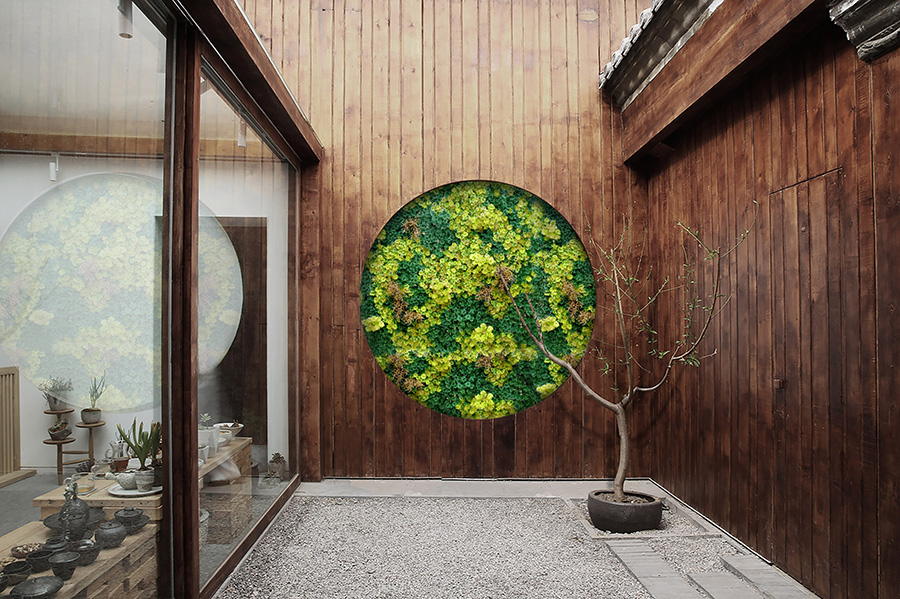
Low-quality faux plants, however, deteriorate quickly. Colors fade, materials break down, and they can become brittle or discolored. While they might last a season or two, they’re not designed for the long term and often end up discarded, which is neither economical nor environmentally friendly.
Ø Detailing: Fine Craftsmanship vs. Simplistic Design
The level of detailing is another clear distinction. Quality artificial plants capture the nuances of real plants, with veining on leaves, color variations, and natural shapes. Leaves are crafted in various sizes and shades, adding depth and dimension.
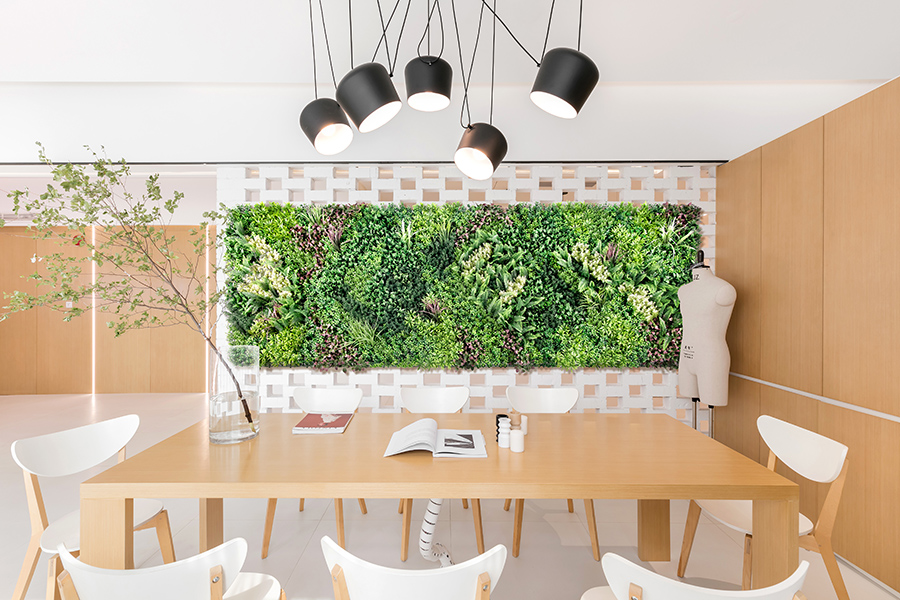
In contrast, low-quality plants often lack these details. Leaves may be cut from the same mold, and flowers may appear flat, lacking the intricacies that make real plants visually appealing.
Ø Price: Long-Term Investment vs. Quick Fix
Premium artificial plants may come at a higher price, but they’re a long-term investment. A well-made artificial plant offers beauty that lasts for years, eliminating the need for frequent replacements.
Cheap artificial plants, though tempting for their low price, often serve as temporary fixes. Over time, the costs of replacing them or the disappointment in their appearance can outweigh the initial savings.
Ø Maintenance: Effortless Care vs. Constant Upkeep
A primary appeal of artificial plants is low maintenance. High-quality options require little upkeep, only an occasional dusting, and they don’t need water, sunlight, or soil. They won’t attract pests or outgrow their containers.
Lower-quality artificial plants, however, can become problematic. They may start looking worn quickly, and cleaning them can be difficult if they’re not durable. Additionally, they may begin to deteriorate, leaving few options for restoration.
Enhance the Realism of Artificial Plants
Fluff and Shape for a Natural Look
After bringing your artificial plant home, begin by fluffing and arranging it. Faux plants often arrive compressed from packaging, so carefully separate and adjust the branches to create a more organic and lifelike appearance. This step is essential to achieve a more realistic effect.
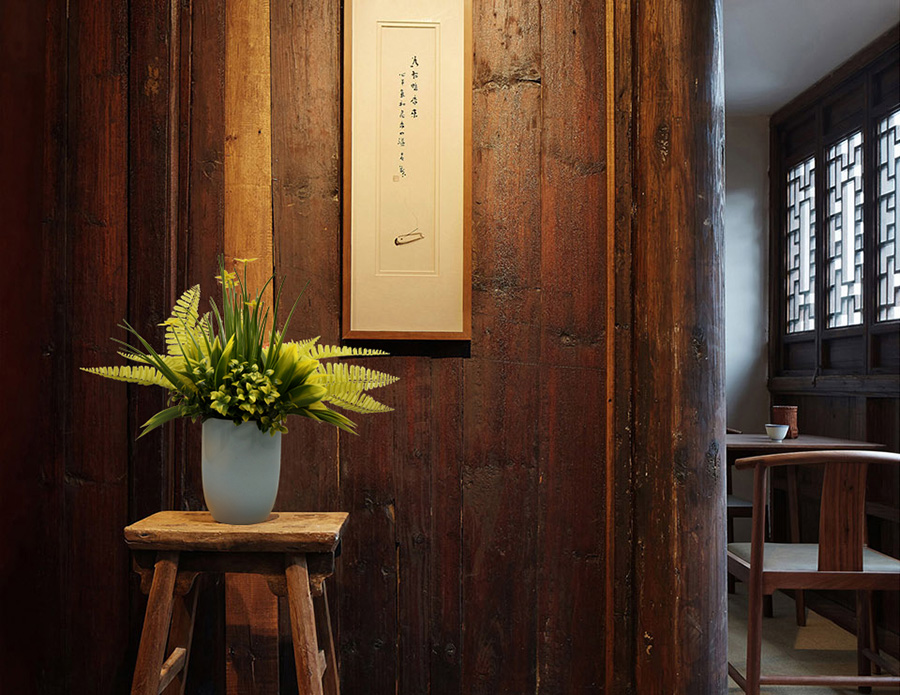
Add Faux Soil and Moss for Authenticity
To further enhance the realism of your artificial plants, add a layer of faux soil or moss around the base. Glue faux moss or small pebbles to the pot’s surface to mimic the natural look of a real plant. While a subtle detail, it makes a noticeable difference in realism.
Upgrade the Planter or Pot
Changing the planter or pot can have a significant impact on the overall appearance of your artificial plant. Select containers that align with your interior design and color palette. A carefully chosen pot can instantly elevate the look of your faux plant and the space it occupies.
Hang Plants for a Dramatic Effect
Hanging artificial plants at varying heights on walls or ceilings adds a unique and dramatic visual element to your space. Consider using a mix of plant sizes and shapes to create depth and interest, giving the space an inviting and green ambiance.
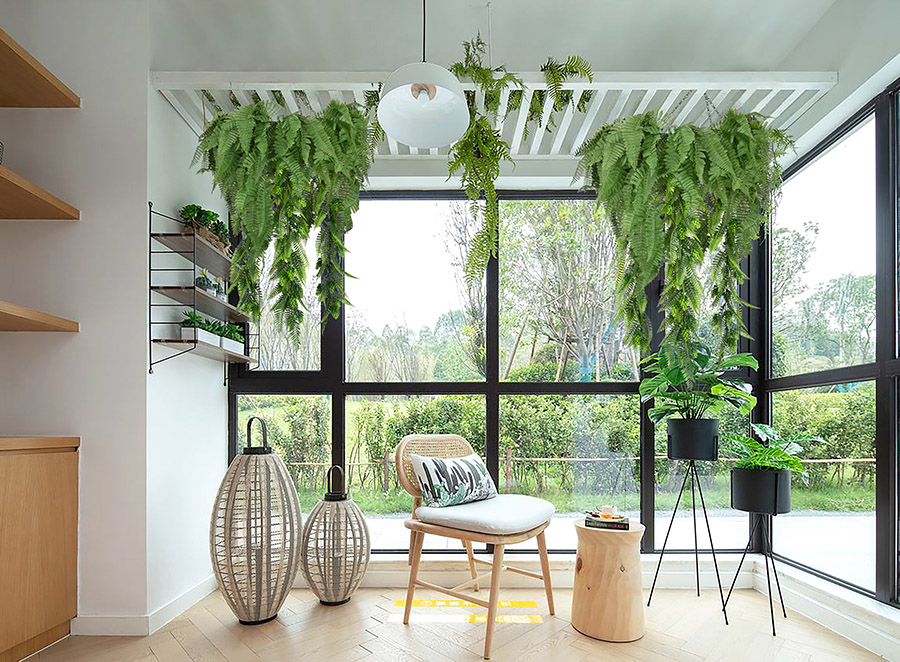
Strategic Placement for a Realistic Effect
When positioning artificial plants, consider both the space and scale of each plant to create a balanced, natural look. Use a mix of varieties, textures, and heights to design arrangements that feel visually engaging. Place larger plants in corners or near furniture to anchor spaces, while smaller plants can accent tables or shelves. Light is also the key—situate plants where they can catch natural or ambient light for an authentic appearance. Thoughtfully positioned, artificial plants can bring a cohesive, inviting look to your surroundings. Here are a few effective placement ideas:
| Area | Placement Tips |
| Living Room | Position artificial greenery in the living room to create a refreshing, inviting atmosphere. Place them on side tables, coffee tables, or console tables near windows. Larger plants work well as focal points in corners or along empty walls, adding both height and visual interest. |
| Entryway | Make a bold first impression by placing fake plants in your entryway. Position them on a console table or plant stand near the door to greet guests with a touch of greenery. This instantly creates a warm and welcoming atmosphere in your home. |
| Dining Area | A centerpiece arrangement on the dining table or sideboard can add vibrancy. Vertical garden frames or wall-mounted planters also introduce a vertical dimension, enhancing the space with natural appeal. |
| Kitchen | Place plants on countertops, windowsills, or open shelves for a fresh touch. Hang trailing plants near windows to add charm. |
| Bedroom | Create a tranquil bedroom sanctuary with soft-leafed artificial plants like peace lilies or small ferns. Position them to complement the space and maintain a peaceful and restful environment. |
| Bathroom | Position small potted or hanging plants on shelves, countertops, or near the bathtub to create a spa-like ambiance. |
| Home Office | Boost productivity and creativity in your home office with faux greenery. Place them on your desk, bookshelf, or floating shelves to bring a touch of nature to your workspace. |
| Outdoor Spaces | Fake plants can enhance outdoor areas like balconies, patios, or gardens. Choose UV-resistant varieties designed for outdoor use. Place them in pots, hanging baskets, or planter boxes to create a lush, vibrant outdoor retreat. |
Mix Life-like Artificial Plants with Real Plants for a Natural Look
To achieve a seamless blend of artificial and real greenery, consider pairing live plants with fake ones. If you’re hesitant about creating a green space with artificial plants, this mix offers an ideal introduction to incorporating them. It’s a way to ease into it without fully committing right away.
Select real plants that complement your artificial ones in color, texture, and size. Avoid pairing a single type of real plant with an artificial version meant to replicate it, as this often highlights the artificiality and disrupts the overall look. Instead, combine various types of plants to create a display that reflects the richness of a natural environment.
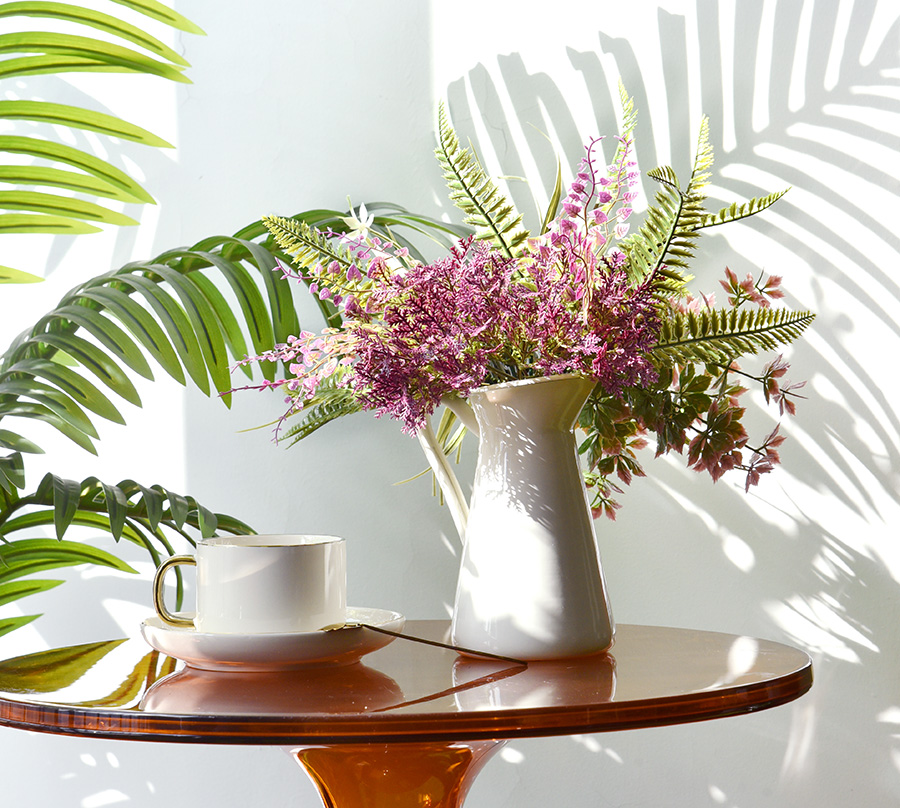
This approach lets you enjoy the vitality of live plants while benefiting from the durability of artificial greenery. The contrast between real and faux elements creates a striking ambiance that will even deceive the most discerning eye.
Keep Artificial Plants Looking Fresh with Regular Cleaning
Artificial plants can gather dust over time, affecting their realistic appearance. To maintain their natural look, it’s important to clean them regularly. With a few simple steps, you can restore their vibrancy and keep them looking their best.
Regular Dusting ( Weekly )
Use a microfiber duster to gently sweep over your plant every week. Regular dusting prevents a heavier buildup of dust that can be more difficult to remove.
Deep Cleaning ( Twice a year )
Aim to deep clean your artificial plants twice a year using one of these methods:
The Shower Method
Rinse the plant under cool water to remove accumulated dust. Pat it dry with a towel or let it air dry in the shade.
The Leaf-by-Leaf Method
Wipe each leaf with a damp microfiber cloth. This process may take longer for larger plants, but it’s an effective and manageable approach.
The Vinegar Method
If water alone isn’t enough, mix 1 part white vinegar with 1 part water in a spray bottle. Spray the solution on the plant, let it sit for 3-5 minutes, then wipe it away with a damp cloth to remove dust and grime.
How to Make Artificial Plants Look Real: Discover EdenVert’s Realistic Greenery Solutions
EdenVert, the artificial plant brand originating from CCGrass, the world’s largest artificial grass factory , offers high-quality greenery solutions to a global network of partners. With over 10 years of manufacturing experience, EdenVert is a trusted wholesale supplier for importers, wholesalers, contractors, chain stores, e-commerce businesses, and various sales channels.
The factory holds ISO9001, ISO14001, and ISO45001 certifications, ensuring the best production quality. With a range of over 500 artificial plant products, including artificial vertical gardens, hedge panels, artificial fences, topiary balls, fake vines and branches, EdenVert continuously introduces innovative solutions. These products are highly valued in global markets for their realism and quality. The company’s philosophy, “Brighten up your space,” reflects its commitment to continuous innovation, providing superior artificial plants with customizable options.
Conclusion
By following simple tips on “how to make artificial plants look real” and maintaining their cleanliness, faux plants can continue to enhance an environment for years to come. EdenVert offers the best artificial plant solutions, helping to create a greener and more vibrant atmosphere.
